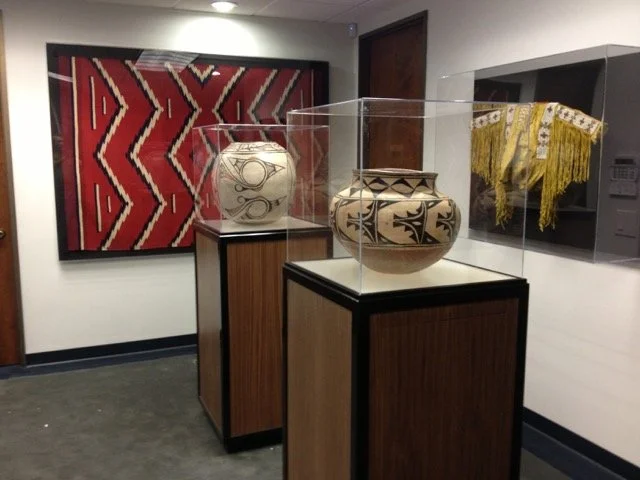Service Offerings
We don’t just make picture frames – we create works of art.
Museum Quality Custom Framing
-

Expert Design
With millions of possible combinations of colors, styles, and formats, we can help you choose the perfect option for both your artwork and your budget. J.Dewers offers a curated line of hand-carved and gilded picture frames, including ones crafted by our own local carvers and gilders in our studio.
-

Period Frames
We offer a wide selection of hand-carved, gilded, closed-corner frames in a variety of styles, including American, Impressionist, Plein Air, Western, Spanish, Italian, and other European designs from all historical periods. Janos brings extensive design expertise and a deep knowledge of art history and frame styles.
-

Custom Shadow Boxes and Display Cases
Custom shadow boxes and acrylic display cases allow you to showcase your passions, hobbies, and memories in a meaningful and personal way. We create beautiful enclosures that protect and enhance your sports memorabilia and other collectibles.
-

Poster & Photograph Frame Design
We offer custom photo and poster framing with the same care and craftsmanship we bring to fine art. We work with museums and galleries to frame priceless photography collections, using archival materials to ensure lasting quality.
-
Custom Mirrors
We create mirrors in any size, with beveled or straight edges, tailored to fit your space perfectly. Choose from any of our custom frame samples to transform into a framed mirror—ideal for living rooms to bathroom vanities.
-

Canvas Stretching
We offer a large variety of strainers and stretchers with keyable expandable corners. We have extensive experience in conservation principles related to canvas stretching for artworks of all sizes.
Museum Quality Framing by J.Dewers
We provide museum quality framing based on Janos’ extensive experience working in the art conservation field for over 16 years. Framing is the creation of a storage container, that allows you and generations to come to see the contents. Improper framing is the greatest cause of deterioration of artwork.
Archival Methods & Materials:
Our Museum-quality framing includes acid-free, buffered materials to prevent acid damage. pH-neutral adhesives or tapes and 100% rag, acid-free, lignin-free, and fade-resistant boards are used for matting.
For hinging artwork, we use acid-free Japanese tissue with wheat or rice starch paste, as these are reversible and safe. Non-adhesive methods like corner supports (paper or plastic envelopes) are also acceptable.
When no mat is used, the artwork is hinged to archival board and framed to avoid contact with the glazing or frame.
Spacers maintain a gap between the artwork and glazing and are non-acidic.
UV-filtering museum glass and Optium Museum Acrylic protects the artwork from fading.
The frame will be airtight to keep out dirt and pollutants, and to stabilize temperature and humidity inside.
All framing methods are easily reversible without any damage to the art
Gilding with Genuine Gold Leaf
Janos is a master of gilding (the process of applying gold leaf or gold paint). He has extensive experience studying and working with gilders, frame makers and conservators. He specializes in the fine art of water gilding, which was invented in the Renaissance, and has taught workshops at museums throughout the Southwestern United States.
Conservation & Restoration
J.Dewers specializes in the conservation and restoration of various forms of art including frames, sculptures and wooden artifacts. Janos has worked as Conservation Technician in a museum conservation lab, which served member museums and public collections throughout the Southwest (See Resume). JDewers also works closely with Sarah Murray Paintings Conservation.
Conservation Services Include:
Conservation of gilded finishes on frames, furniture and sculpture
Frame repair
Outdoor Sculpture Collection Maintenance
Restoration and repair of wooden artifacts
Delivery & Pick-up Services
J.Dewers is happy to offer local pickup and delivery services to our clients. J.Dewers is committed to the safe transportation and handling of artworks entrusted to us. We can also arrange for professional art installation services.
J.Dewers does not ship artwork via mail or parcel service but can assist with packaging and crating.









